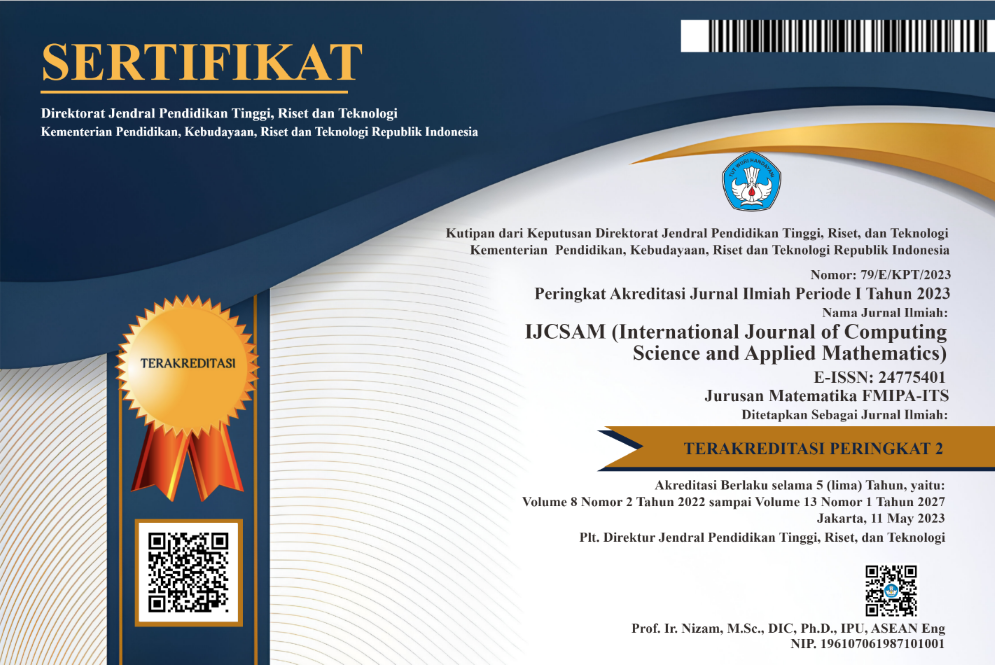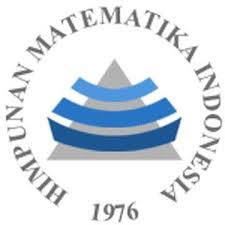On The Lagrange Interpolation of Fibonacci Sequence
Abstract
Keywords
Full Text:
PDFReferences
T. Scott and P. Marketos, “On the origin of Fibonacci sequence,” MacTutor History of Mathematics, 2014, also available at www-groups.dcs.st-and.ac.uk/history/Publications/fibonacci.pdf.
A. Benjamin and S. Plott, “A combinatorial approach to fibonomial coefficients,” Fibonacci Quarterly, vol. 46/47, no. 1, 2009.
T. Amdeberhan, X. Chen, V. Moll, and B. Sagan, “Generalized Fibonacci polynomials and fibonomial coefficients,” Annals of Combinatorics, vol. 18, no. 4, pp. 541–562, 2014.
D. Garth, D. Mills, and P. Mitchell, “Polynomials generated by the Fibonacci sequence,” Journal of Integer Sequences, vol. 10, no. 2, p. 3, 2007.
J. Kiusalaas, Numerical methods in engineering with MATLAB
. Cambridge University Press, 2010.
DOI: http://dx.doi.org/10.12962/j24775401.v2i3.2093
Refbacks
- There are currently no refbacks.
View My Stats

International Journal of Computing Science and Applied Mathematics by Pusat Publikasi Ilmiah LPPM, Institut Teknologi Sepuluh Nopember is licensed under a Creative Commons Attribution-ShareAlike 4.0 International License.
Based on a work at https://iptek.its.ac.id/index.php/ijcsam.






